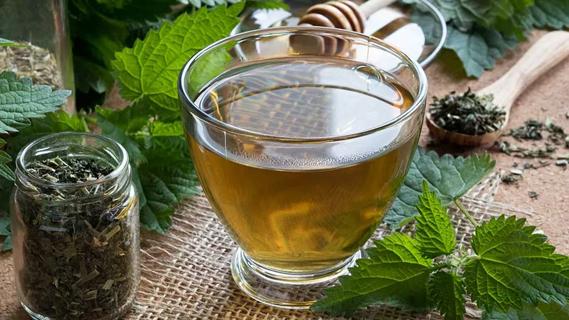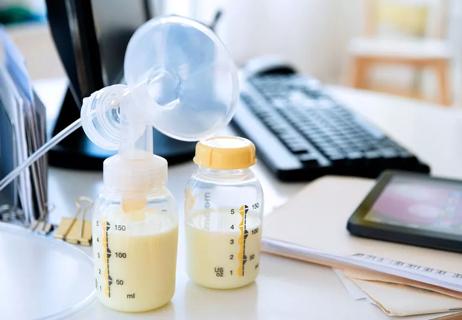A breast abscess can develop with or from mastitis

Mastitis is every breastfeeding mom’s nightmare. (That, and teething babies.) An infection that causes breast inflammation and makes you feel flu-ish all over, mastitis is a pain in the … well, you get it.
Advertisement
Cleveland Clinic is a non-profit academic medical center. Advertising on our site helps support our mission. We do not endorse non-Cleveland Clinic products or services. Policy
And while mastitis is treatable with antibiotics, some women will develop a full-blown infection known as an abscess.
“A breast abscess is a walled-off collection of pus that is extremely painful,” says Ob/Gyn Ashley Brant, DO. “Fortunately, it’s treatable, and it doesn’t mean the end of breastfeeding.”
Here’s why you might develop an abscess while nursing and when you should see your doctor for treatment.
A breast abscess usually starts as mastitis because a lactation duct doesn’t empty and becomes plugged. Any nursing mom can get mastitis. It often develops when moms wean their babies too quickly. Other risk factors include being overweight and smoking (in case you needed another reason to avoid smoking).
In some cases, a break in the skin (watch out for baby’s dagger-like nails) can become infected and worsen with time.
Mastitis symptoms include:
You know mastitis has developed into an abscess when you feel a hard, red, fluid-filled mass on your breast that is very painful.
“At the first sign of mastitis, contact your doctor to let them know what’s going on,” says Dr. Brant. “Depending on how severe your symptoms are, your doctor may want you to start on nursing-safe antibiotics immediately.”
Dr. Brant says that you can and should continue nursing, even if you begin a course of antibiotics. She offers these additional tips:
Advertisement
“Your Ob/Gyn may refer you to a breast surgeon or general surgeon,” says Dr. Brant. “Treatment for a breast abscess is usually done as an outpatient procedure.”
To drain the abscess, your doctor may use:
After your provider drains the abscess, you can continue to breastfeed (though you may experience some discomfort as you heal). Continue to use moist hot packs and keep the area clean to speed your recovery. Soon, you’ll be back to pain-free nursing sessions in your favorite chair (feet up and a tall glass of ice water by your side, natch).
Advertisement
Learn more about our editorial process.
Advertisement

Breastfeeding supplements can be a needless expense at best, and risky at worst

Typically, milk comes in a few days after birth and regulates around four weeks after delivery

Maintaining milk production starts with planning ahead

Breastfeeding moms can enjoy a drink — here’s how to do it safely

Study finds holding off is beneficial

Type 2 diabetes isn’t inevitable with these dietary changes

Applying a hot or cold compress can help with pain